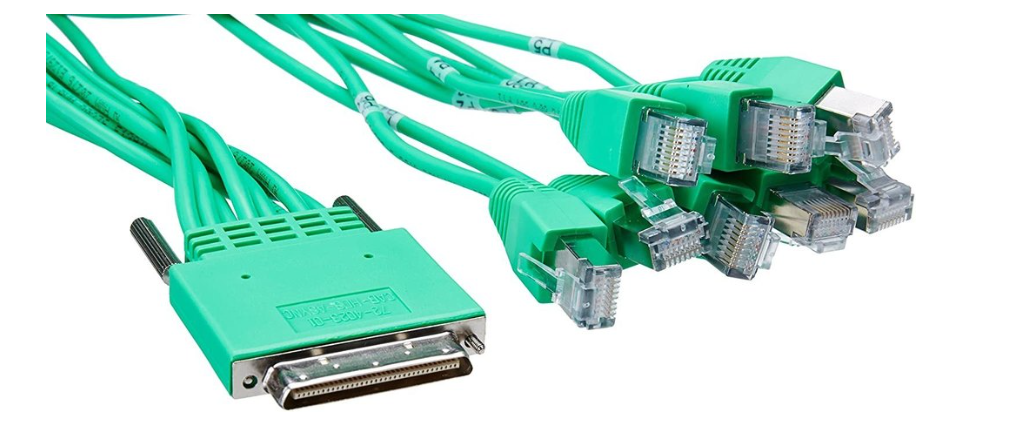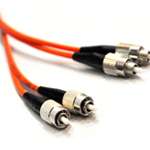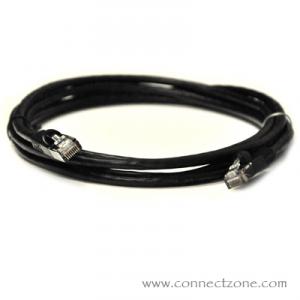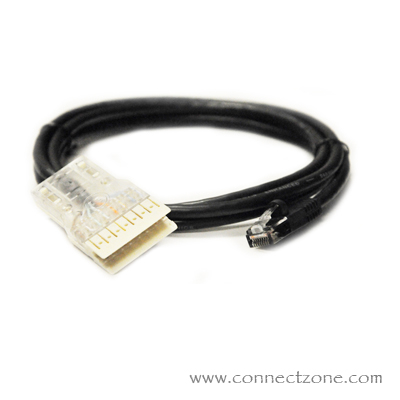We use cookies to make your experience better. Read more
- It is a costly procedure to set up a home system since you have to buy all the related gadgets (switch, modem, router, Ethernet links, etc.) and buy a contract of an expert to set up the home run cables. Be that as it may, remember that there is no such thing as the ideal home system—what works for you will depend entirely on your individual needs and the gadgets you use. Now and then, we get to hear from individuals who intend to install home network cables like Cat 5e or Cat 6 cables in a home system, yet they don't realize what Ethernet cable will work for them and what they can manage without. Thus, to help you with that this blog offers the Ethernet cable buying advice to enable you to run Ethernet cable with all the equipment:Read more
Category:
This is the most vital thing to consider because ethernet categories can have levels of interference and a wide - If you have been in a state of confusion, we hope that this jack vs. plug or connector jack vs. plug guide has helped you get a clearer picture.Read more
Plug:
The plug is part of a cable that connects into a port. The plug always connects to something else (e.g., a jack or port on the wall). For example, the most common plug is the power plug that connects your computer and monitor to a power source and allows it to turn on and boot. With the plug correctly wired and secured in the wall, appliances, lamps, electronics or other items requiring electric power can be plugged into the outlet. When the male metal prongs of the plug are inserted into the plastic-covered (but metal inside) female outlet, a conductive connection is created between the appliance or electronic and the home's electrical wiring.








